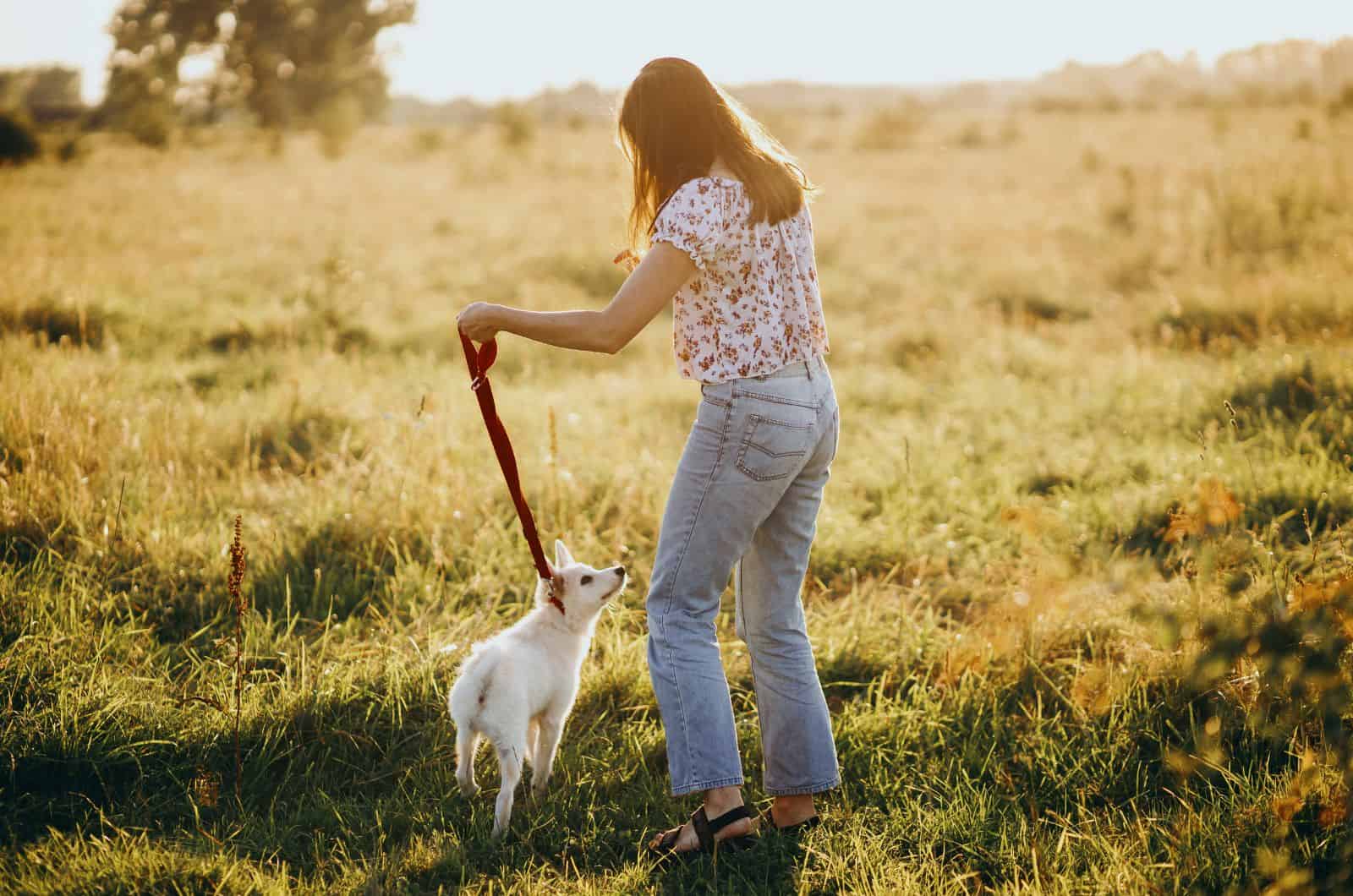If you haven’t had a dog before, and now you intend to welcome one into your home, I’m sure that one of your main questions is related to walking a dog. Even if you have had a dog, you are still not sure of the necessary frequency of walks since each dog has different needs.
How often do you walk your dog? Does a lack of walking significantly affect your dog’s health? How do you recognize that your dog needs a walk?
While some people live in a house with a yard and don’t even have to take their dog outside to do his physiological needs since he actually spends most of his time outside, other people live in a small apartment and their dog can often spend most of the day alone.
So, his walks are certainly much less frequent.
Well, let’s find out how much walking our dogs really need!
The Importance Of How Often Do You Walk Your Dog
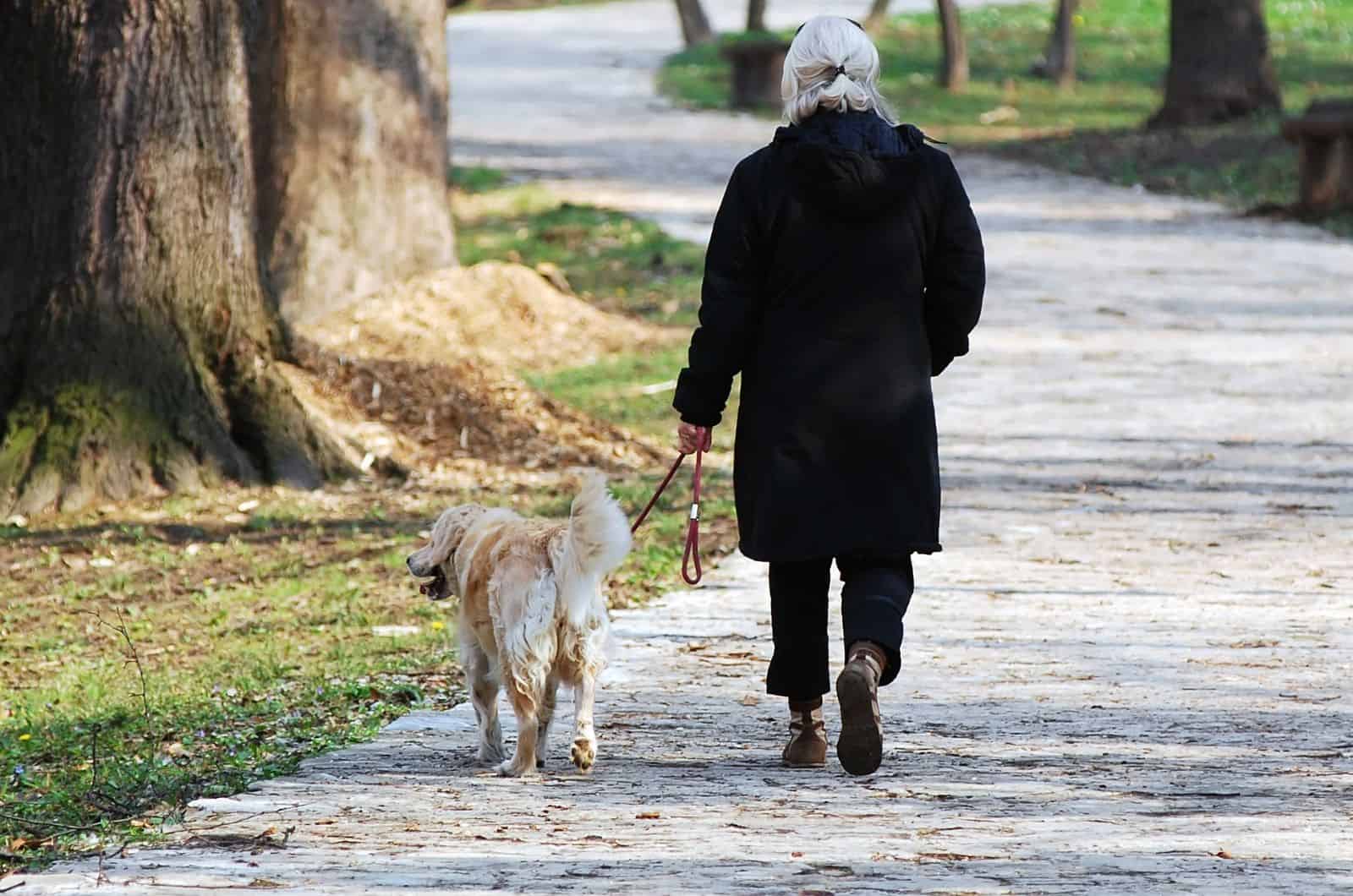
The answer to this question is certainly different for each person. Someone will tell you that they take their dog for a walk three to four times a day, while someone else will say that they are happy if they manage to do it once a day.
First, we will deal with the question of why it even matters how often you walk your dog.
I believe that if you have experience with owning a dog, and even if you are new to this, you probably know the main purpose of taking your dog for a walk. However, we will explain the details that may be of great help to you!
1. The Dog Must Defecate Outside
First and foremost, a dog is a living being with needs, among which is the need to defecate. If you have only recently acquired a puppy, I believe that he has already pooped several times inside the house and that he pees very often.
For sure, you are getting tired of learning advice on how to clean diarrhea out of your carpet. Suddenly, you feel that you have a big obligation related to the defecation of your dog.
Well, a dog is just that – an obligation! Besides being a wonderful life companion, a dog is also a serious commitment, and its health and well-being should not be taken for granted.
So, younger dogs must be taken out for a walk often, primarily to pee and to poop. Now, you are just thinking about how long it will take until your dog learns to control his bladder, but this does not mean that you will then be able to forget about dog walks.
Even when your adult dog will be potty trained, he still needs to defecate. If he is locked in the apartment for a long time, and he has to wait for you to let him out to do what he needs to do, this is not good for the dog’s health. Dogs should be able to defecate whenever they feel the need to.
2. By Walking Together, The Owner And The Dog From A Stronger Bond
You recently got a new puppy and you were expecting lots of cuddles, but your pooch doesn’t seem as interested. He stays quite aloof, and you even start thinking that your puppy doesn’t like you!
Well, simply, a dog needs time to get used to a person and begin to trust him. This significantly depends on the dog breed. While some dogs are gentle and quickly show that they love their owner, for others this will take a little longer.
Regular walks are one of the ways to create a strong bond with your pet. By walking together, you will create a routine with your dog that he will surely like very much. And, you also will have various benefits from it!
We all know how healthy and desirable daily exercise is, but how lazy we all are sometimes. Regular walks will have a positive effect on your joint health, and at the same time, you will become your dog’s best friend.
Once your walk together becomes part of the routine, we believe it won’t take long before your dog starts sleeping on your head. Why? Because he found security in you and he trusts you endlessly!
3. Walks Are Useful In A Dog’s Socialization
Your dog shows certain signs of aggression and is quite disobedient. Training such a dog seems impossible to you. But, are you sure you did everything right?
Before you label your new pet as an aggressive dog breed, consider whether your dog is just not provided with a decent amount of exercise. Dogs need to use up their energy and have enough physical and mental stimulation.
Regular walks are one of the ways to socialize and train your dog. By walking from an early age, the dog will meet other people and other dogs.
He will visit different places and be exposed to different sounds. In this way, the dog will learn the difference between desired and undesired behavior.
Even if you have to warn him not to do something countless times, eventually the dog will master basic obedience training.
Here, it is important for a dog owner to know how to show dominance to the dog and teach it to coexist with other people and other animals. So, frequent walks with your furry friend are beneficial for many reasons!
Is It OK Not To Walk Your Dog Everyday?
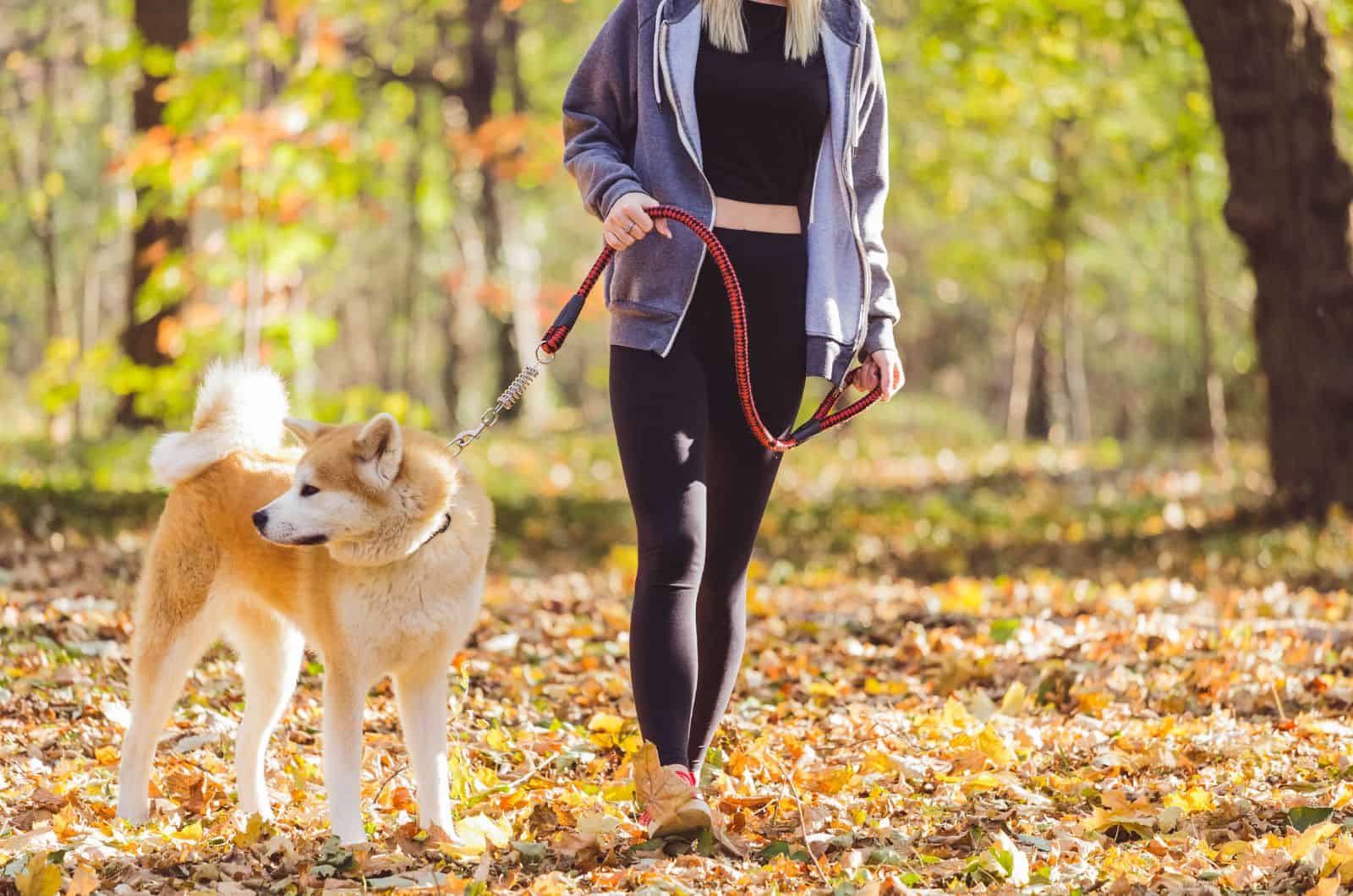
No, it is not okay not to walk your dog everyday. How often you walk your dog depends on your lifestyle and your possibilities, but your dog should not spend a single day without at least a short walk.
Of course, in some cases, like when you have a senior dog with poor health, it is understandable that you will not walk your dog on a daily basis.
But, under normal circumstances, you should definitely walk your dog everyday. Generally speaking, younger dogs need a lot more exercise than older dogs.
Your dog needs potty breaks, needs to receive enough physical activity, and needs his playtime. He can get all of this by walking regularly!
If you think that your dog needs a walk only to defecate, you’ve probably even thought about using puppy diapers. But, this is not good!
Why Is It Important To Walk Your Dog Everyday?
A walk is not only necessary for a dog to defecate: it is necessary for him to be a contented and happy dog, to interact with other dogs, and to give his body and mind enough exercise.
All pet parents should know that a daily walk positively affects the reduction of destructive behavior in dogs significantly.
Even if your dog spends most of the day in the yard, this should not be a substitute for a regular walk. Every dog will eventually get bored and will need a new form of activity.
Dogs love to sniff, and a daily walk is the perfect opportunity for them to explore new places and new contents.
The smell is a dog’s strongest sense, and I’m sure there have been situations like those when your dog follows you to the bathroom – when you wondered, What’s going on with my dog?! Well, your dog, just like any other, loves smells and can’t do anything about it!
If, on some days, you are too busy and you simply don’t have time for a longer walk with your dog, there are still some things you can do. You can ask some of your friends or family to take your dog out, or even hire a dog walker to give your dog a walk on the days when you don’t have enough time.
How Many Walks A Day Does A Dog Need?
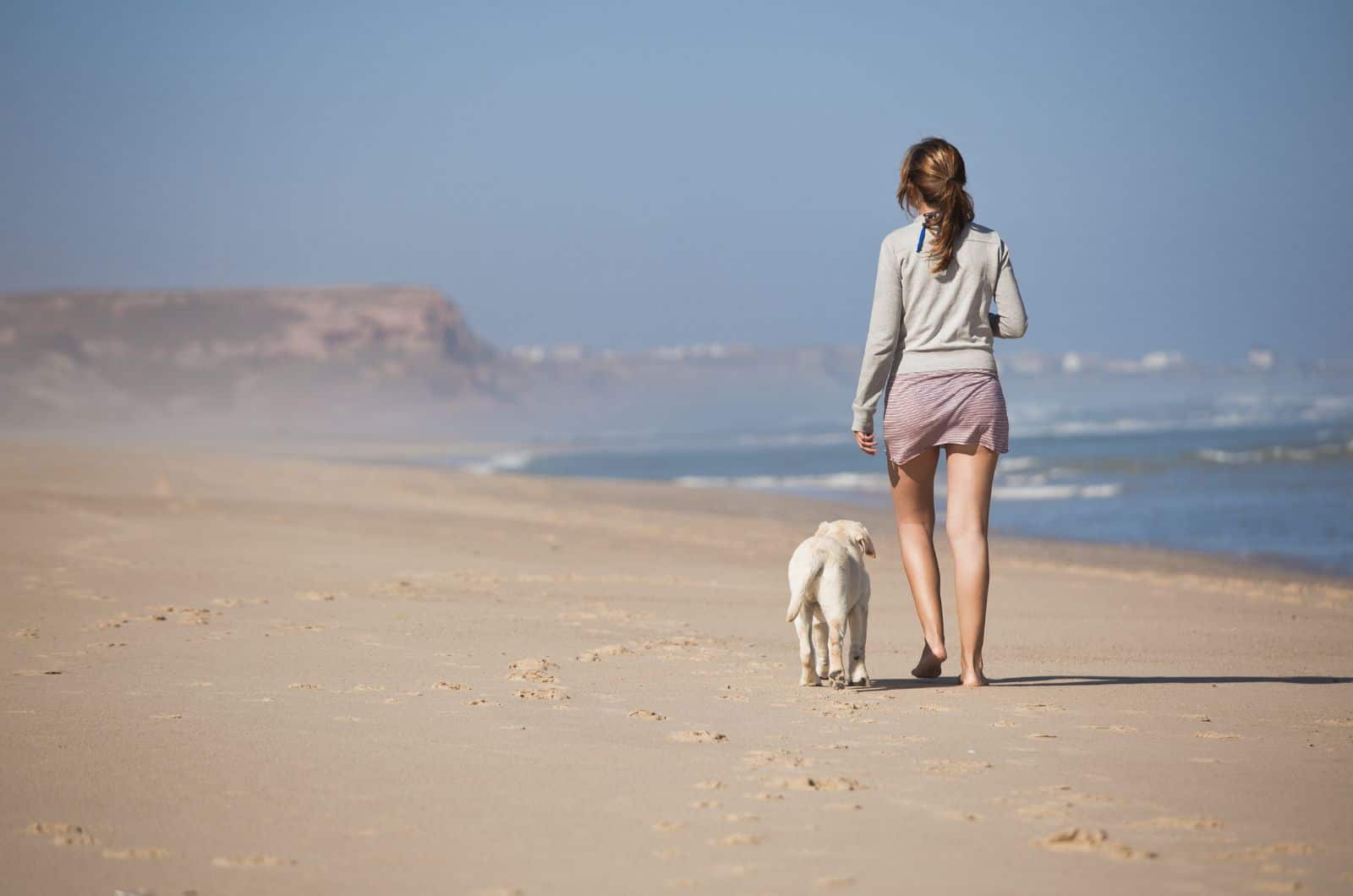
This significantly depends on the dog breed. Today, we have so many dog breeds – each with different needs, different energy levels, and different temperaments.
A dog’s energy level significantly determines the dog’s need for a walk. Not only is walking a dog necessary for defecating and as a form of physical and mental exercise, but it is also crucial so that the dog does not show destructive behavior.
So, how many walks a day does a dog need?
Differences Between Walking Needs Among Dog Breeds
Well, let’s take a look at how much walking that different types of dogs require:
• Australian Shepherd: This medium-sized dog has very high energy levels. As for him, he could spend the whole day walking! The recommended daily dose is 40 to 60 minutes of walking, twice a day.
• Belgian Malinois: This athletic dog will need a lot of daily walks. It is recommended for this dog to be walked from one hour to two hours, two or three times a day. This dog has high exercise needs, and his training should be performed by an experienced dog owner.
• Border Collie: The smartest dog breed in the world requires a lot of mental and physical exercise. With this dog, a walk of one to two hours every day is desirable.
• Boston Terrier: According to the Boston Terrier growth chart, these dogs are small dogs, but this does not mean they are not active dogs. About an hour of walking is desirable for this Terrier.
• Bulldog: Bulldogs should be taken for a walk once or twice a day, and about 20 minutes of walking is enough for them.
• Golden Retriever: At least an hour of daily walking is recommended for this favorite family dog.
• Labrador Retriever: Labradors need about 30 to 40 minutes of walking twice a day.
• Pomeranian: This small dog should have two walks in a duration of 20 minutes per day. If the dog enjoys the walk and does not seem tired after 20 minutes, it is recommended to extend the walk to 30 minutes.
• Pug: Probably the only lazy dog breed on this short list is the adorable Pug. In some cases, your Pug might even refuse to walk! However, it is recommended to take him on a 20- or 30-minute walk once a day. Walking will be healthy for the dog, and it will help him not to develop an obesity problem.
How Long Should A Dog Walk Be?

What is more recommended: short walks or long walks with your dog?
Well, there is no general rule for the duration of dog walks. It all depends on your dog’s age, health, and his general needs. So, a shepherd dog breed is likely to have different daily exercise needs than a lap dog breed.
In general, smaller dogs need a 10-minute walk every three to four hours. It is recommended for these dogs to have one longer walk per day that should last about 20 to 30 minutes.
Younger dogs should not go on too long of walks because although they have a lot of energy, they tire quickly. An adult dog needs to be walked a couple of times a day, according to your possibilities, and it is recommended that you should walk either early in the morning or late in the evening.
For an adult dog, a walk is not only an opportunity to defecate, but also an opportunity for physical activity and socialization with other dogs. Generally speaking, smaller dogs like Maltese and Chihuahuas will usually require shorter walks.
Also, shorter walks will suit dogs that may develop breathing problems.
Some other, more athletic dogs, such as the Siberian Husky and the Australian Shepherd, will suit long walks. Not only will it suit them, but they will demand it!
After some time, you will be able to see how the amount and length of a daily walk will suit your dog. If you see that the dog is not over-tired, you can slowly start increasing the time he spends walking.
What Are The Benefits Of Walking Your Dog?
There are numerous benefits to walking your dog regularly.
Among the health benefits, we highlight maintaining a normal body weight in the first place. Obesity can be a serious health problem in many dog breeds, so you should be careful not to get in the situation where you will have to figure out how to get your overweight dog in shape.
With regular walks, you will control your dog’s weight, and also your own weight!
By walking, the dog will keep its joints healthier and more functional, and its digestion will be significantly improved. If your new dog refuses to poop outside, establishing a walking schedule can greatly help him with this difficulty.
Regular walking is equally important for both mental and physical health.
Dogs will generally be happier, spend their enormous energy, and sleep better. Also, with daily walks, your dog and you will strengthen your relationship. Walking will have a positive effect on stress reduction, both for you and your dog.
How Should You Walk Your Dog?
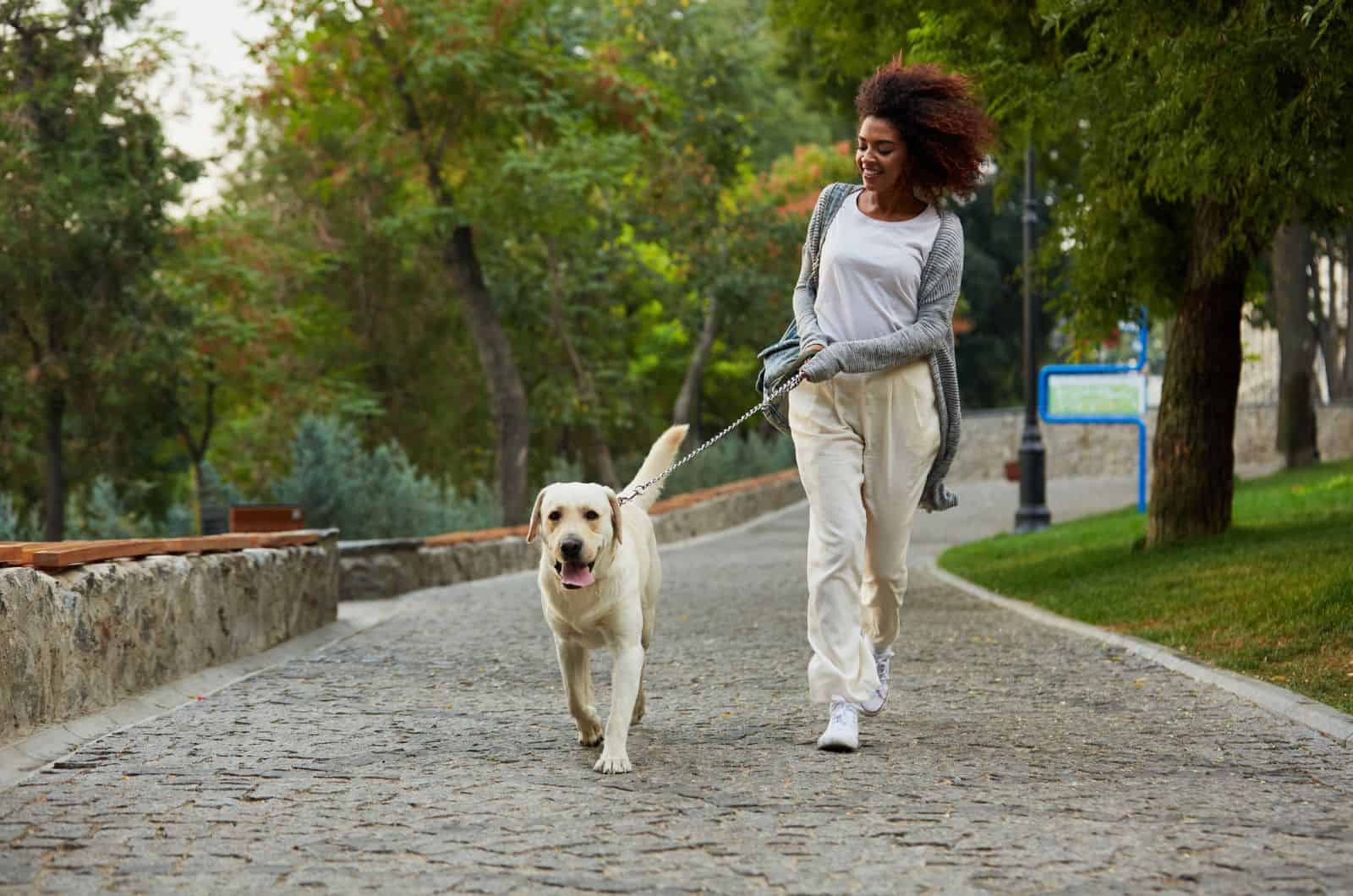
When walking your dog, safety should be your first priority.
Every dog must be walked on a leash. Most dogs will be very excited during a walk, so you need to make sure that your dog does not disturb other people or other dogs. If your dog interacts with another dog, you can easily break their contact by pulling the leash if necessary.
During a walk, dogs can see or notice something that causes them fear, so keeping your dog on a leash gives you a certain sense of security.
When walking, it is necessary to always clean up dog excrement. Just think of every time you got annoyed that another owner didn’t clean up after their dog!
If you notice that your dog is tired, that it is panting, or that it is walking slowly, it is good to end the walk at that moment. The dog has received his daily dose of exercise and is ready to rest.
Provide your dog with cold water during every walk.
Also, during high summer temperatures, be careful at what time of the day you are taking your dog for a walk. Dogs can also get sunburned, and their fur is particularly sensitive to extreme temperatures.
If you have any doubts about walking your dog, you can always consult your veterinarian.
Summary
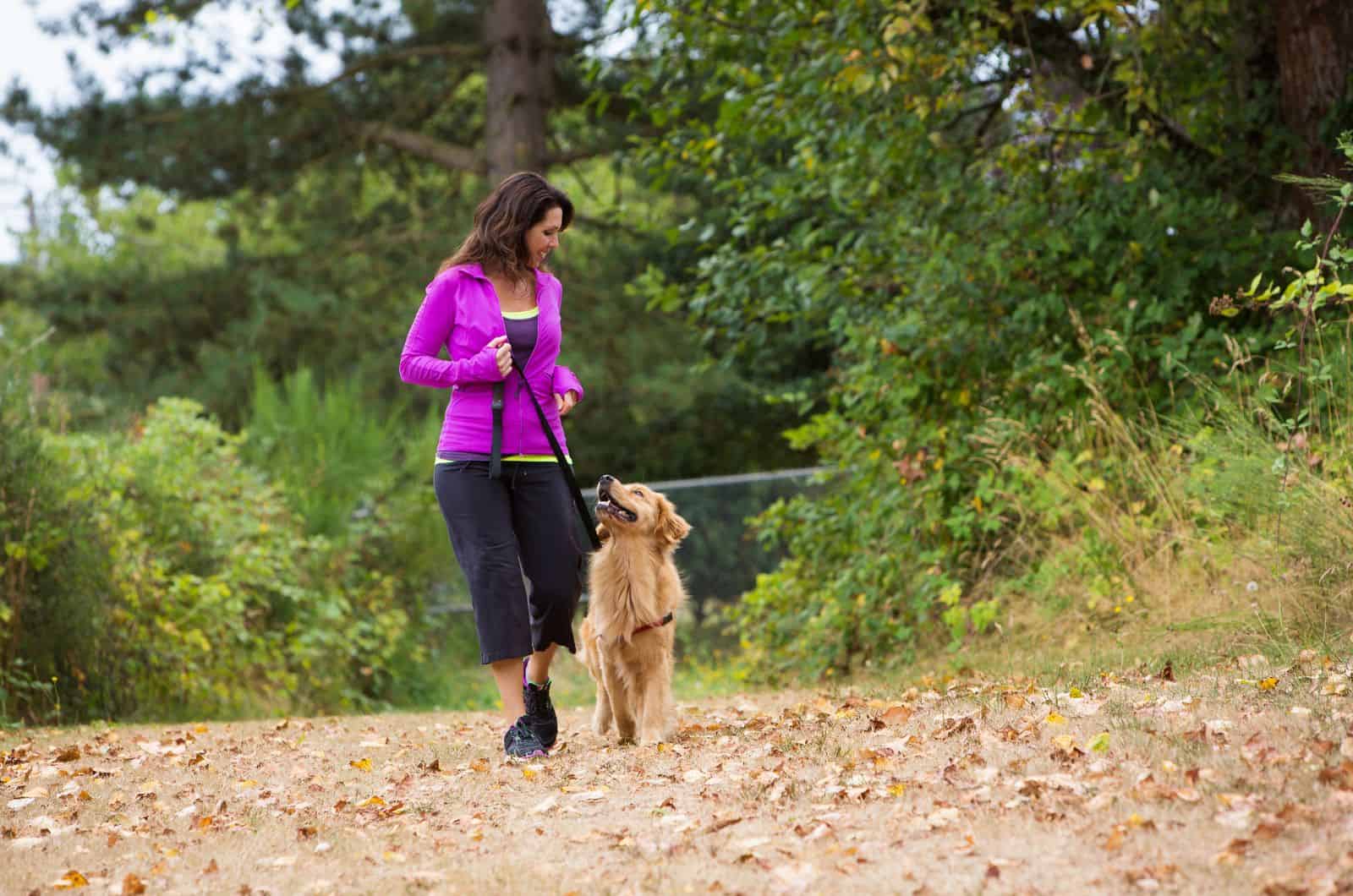
So, in the end, we can conclude that the matter of how often you walk your dog is very important for your dog’s overall health.
Of course, there are some factors that determine how much exercise your dog needs. Different dog breeds need different amounts of daily walks. Also, a puppy needs to be walked more often than an adult dog.
However, an adult dog will need longer walks than a younger dog.
So, we can conclude that regular walks are necessary for every dog, and the amount and frequency of walks will depend on the type of dog, its health, its needs, and your schedule.
Walking with your dog is really necessary, and it brings various benefits. Not only will regular walks improve your dog’s health condition, but you will also socialize him faster and easier and create a strong bond with him.
I hope that after reading this text, you will go for a walk around the neighborhood with your favorite furry friend!
Read Next:
• Can I Walk My Dog After Cutting The Quick? Here’s What You Should Do
• Hunched Back In Dogs: 11 Possible Reasons
